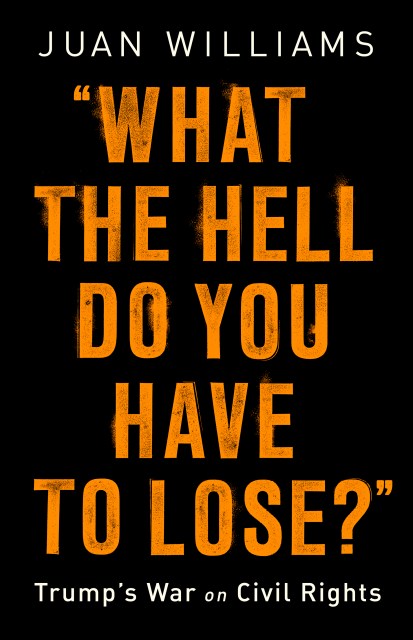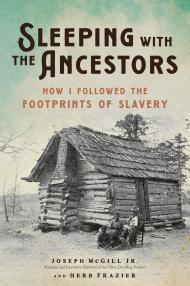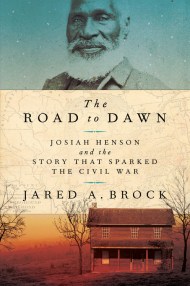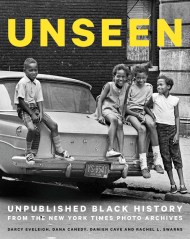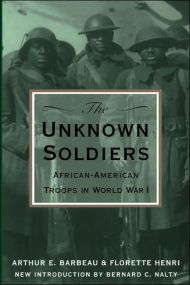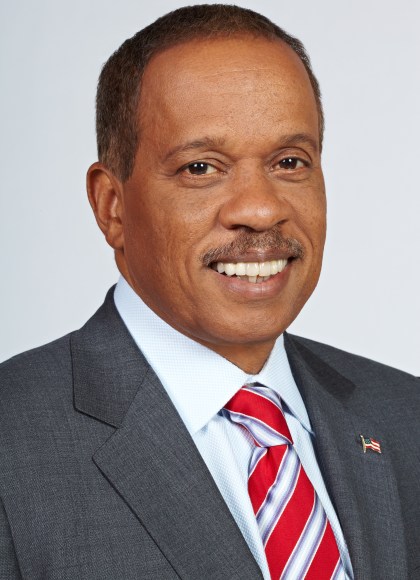Promotion
Sign up for our newsletters to receive 20% off! Shop now. Exclusions apply.
By clicking “Accept,” you agree to the use of cookies and similar technologies on your device as set forth in our Cookie Policy and our Privacy Policy. Please note that certain cookies are essential for this website to function properly and do not require user consent to be deployed.
What the Hell Do You Have to Lose?
Trump's War on Civil Rights
Contributors
Formats and Prices
Price
$15.99Price
$20.99 CADFormat
Format:
- ebook $15.99 $20.99 CAD
- Hardcover $27.00 $35.50 CAD
- Audiobook Download (Unabridged)
This item is a preorder. Your payment method will be charged immediately, and the product is expected to ship on or around September 25, 2018. This date is subject to change due to shipping delays beyond our control.
Also available from:
In this powerful and timely book, civil rights historian and political analyst Juan Williams denounces Donald Trump for intentionally twisting history to fuel racial tensions for his political advantage. In Williams’s lifetime, crusaders for civil rights have braved hatred, violence, and imprisonment, and in so doing made life immeasurably better for African Americans and other marginalized groups. Remarkably, all this progress suddenly seems to have been forgotten — or worse, undone. The stirring history of hard-fought and heroic battles for voting rights, integrated schools, and more is under direct threat from an administration dedicated to restricting these basic freedoms.
Williams pulls the fire alarm on the Trump administration’s policies, which pose a threat to civil rights without precedent in modern America. What the Hell Do You Have to Lose? makes a searing case for the enduring value of our historic accomplishments and what happens if they are lost.
- On Sale
- Sep 25, 2018
- Page Count
- 320 pages
- Publisher
- PublicAffairs
- ISBN-13
- 9781541788275
Newsletter Signup
By clicking ‘Sign Up,’ I acknowledge that I have read and agree to Hachette Book Group’s Privacy Policy and Terms of Use
